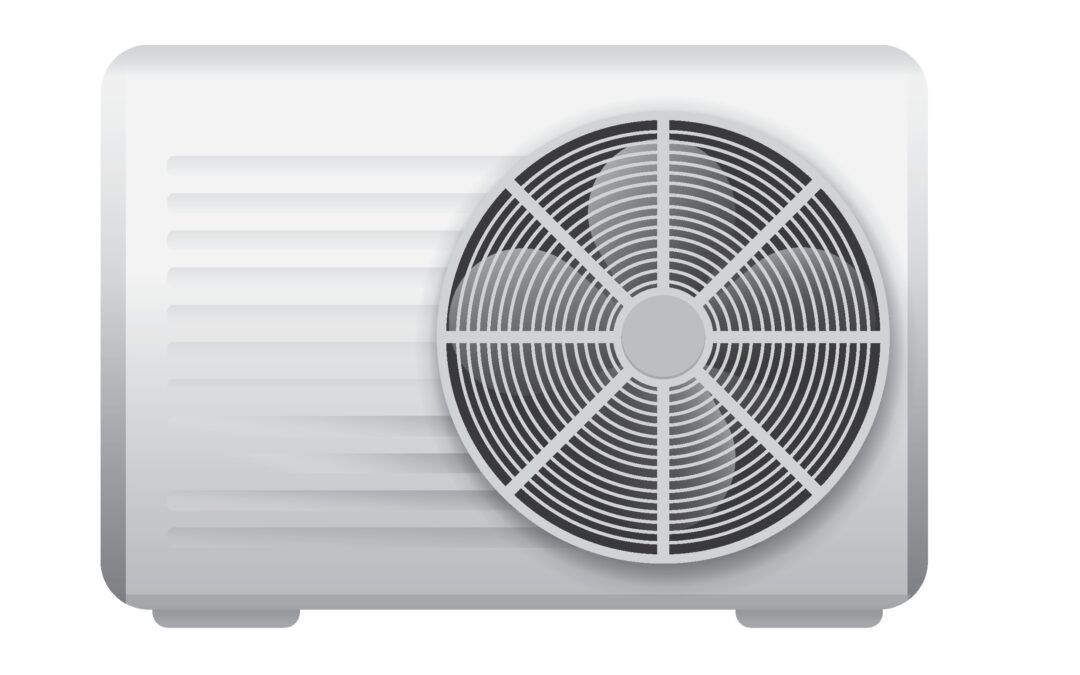The time has come for you to install a new heating and air conditioning system. However, as you browse the options, you realize that there are more alternatives than you realized. What’s more, you’re not clear on much of the terminology.
You’ve come to the right place, because the experts at Delaware Heating and Cooling are here to provide essential guidance about HVAC terminology and the 12 most common types of HVAC systems.
Let’s start with terminology.
Must-Know Terms
It’s critical that you’re familiar with a few terms. Once you understand these, you’ll be ready to learn more about the individual HVAC system components.
Here are the basics:
- Electric Heaters: These units produce radiant heat via electricity
- Furnaces: This is the component that heats your home via options like oil, propane, natural gas or wood
- Heat Pumps: These units pull triple duty by providing cooling in the summer, warming in the winter and dehumidifying indoor air
- Air Conditioners: These units are responsible for cooling and dehumidifying indoor air
As you shop for an HVAC system, you’ll notice that certain components are frequently mentioned. It’s helpful to understand what these components do.
The compressor in a heat pump or air conditioner pumps refrigerant through the coils to cool or heat your home. Condenser coils are included on air conditioning units to expel heat from the home’s interior to the outdoors.
Evaporator coils are parts of electric furnaces or air handling units. They absorb the heat from the interior of the building. This means that as the air leaves the evaporator, it’s chilled. A fan is situated close by so that the cooled air can be blown into the ductwork to cool the home.
Ductwork is what’s needed if a single HVAC unit is going to cool or heat an entire home. In fact, ductwork can make HVAC systems far more efficient.
Refrigerant is a critical component in cooling units. It’s the refrigerant that flows through the condenser coil and evaporator coil, which circulates the heat.
The thermostat is one component with which you’re probably familiar. It’s the control panel from which you direct the HVAC system to heat or cool your home.
Air filters are another crucial part of the modern HVAC system. Your HVAC system pulls air from your home to heat or cool it. As it does so, it sucks in all sorts of dust and dirt particles. The air filters are what prevents these particles from actually getting into the HVAC system. The cleaner your system is, the more efficiently it runs.
12 Common types of Home HVAC Systems
1. Package Units
These HVAC systems get their name from the fact that all of the components are packaged inside a single cabinet. This means that unlike split systems, which have indoor and outdoor parts, package units are really easy to install.
These units tend to be especially preferred in homes that don’t have basements. Package units are installed outdoors, and they contain a blower that forces treated air into the interior while drawing untreated air into the package.
In general, package units are only installed when split systems cannot work in the home. Their main advantage is that they don’t make a great deal of noise indoors. The downside is that they are not as efficient as ductless split and standard systems.
2. Central Air Split System
These systems are common across the U.S. They are called split systems because they feature indoor and outdoor components that share refrigerant lines and communicating wires.
In the outdoor component is the compressor and the condenser coil. An air handler with the blower and evaporator coil is found indoors.
These systems are used to provide cooling during the summer. It’s possible to add electric resistance heat strips if you want this system to provide low-level heating.
Split systems are affordable, convenient and efficient. They do require ductwork, so it may not be possible to install these systems in some homes. Also, adding ductwork significantly increases installation costs.
3. Central Heat Pump Split System
If you’re looking for an HVAC system that provides efficient cooling and heating, then this may be your best option. The addition of a reversing valve enables this system to provide cost-effective heating in the winter as easily as it provides summertime cooling.
This HVAC system requires ductwork, which may not be possible to install in some homes. However, this can be a cost-effective solution for many households looking for energy-efficient heating and cooling in one unit.
4. Central Air and Gas Split System
This system involves an electrical air conditioner for cooling and a gas furnace for heating. Accordingly, this system has two HVAC systems that work in concert. With this setup, it’s possible to control heating and cooling from a single thermostat.
These systems are popular in places where winters are frigid. Ductwork is required, and installing this can add to the cost of the new unit. Nonetheless, many people find that they save a lot of money by using gas to heat their home.
5. Central Heat Pump and Gas Split System
When heating efficiency is critical, these systems are great because they bring together the strength of the gas furnace with an energy-efficient heat pump.
This means that you have a heat pump to provide your home with cooling and heating as well as a gas furnace as a backup heater when temperature drop.
These systems are expensive, but with their power and efficiency, you’ll have the peace of mind of knowing that you can face the harshest winter.
6. Ductless Split System
If ductwork cannot be added to your home or if you want to avoid the expense of ductwork, then a ductless split system may be for you. These systems have a compressor outside and a wall-mounted unit inside. When compared with a window air conditioner or baseboard heating, these systems offer greater security. They also are quieter and less invasive. However, you may need to install more than one unit to keep the whole house cool.
7. Heating and Air Conditioning for Mobile Homes
Most mobile and manufactured homes don’t have the same level of insulation that other homes do. This means that it’s critical to have an energy-efficient and powerful HVAC system. Because these homes also tend to be smaller, less heating and cooling is required, which can help the homeowner save money.
Ductless mini splits, portable units and window units may be good solutions, but some mobile homeowners opt for a furnace in a colder climate and a heat pump.
8. Wall Unit
If you want to cool a single room or zone, then a wall unit is an affordable solution. They are installed directly into the wall, making them more permanent than window units. Homeowners sometimes prefer this because they can enjoy air conditioning without spoiling the view from a window.
9. Window Unit
For homes without central air and ductwork, a window air conditioner is a cost-effective option. These lightweight models are easy to install, and they can be removed whenever the homeowner wishes. However, these units are less powerful, tend to be noisy and only work in a limited space.
10. Stoves and Fireplaces
When you need to heat a small space during the coldest months, stove heaters and fireplaces are excellent options. While they can work with a variety of fuels, these units aren’t intended to heat the whole house.
11. Portable AC Units and Space Heaters
These are the solutions you turn to when you need to provide extra heating or cooling on a temporary basis. Not the most efficient heating and cooling options, it is wise not to rely on these units over the long term.
12. Hotel Style
Although these units aren’t often seen in residences, they can work well in large homes where you want individualized air control in certain rooms. A large hole will have to be cut in the wall for installation, and this tends to be a more costly option.
Ask Delaware Heating and Cooling
If you’re not certain about which type of HVAC system is right for your home, contact us. We’ll help you decide:
- How powerful the HVAC system needs to be
- Which type of installation makes sense for your home
- How you can make your home more energy efficient
- How you can establish multiple heating and cooling zones
Call us today to schedule a consultation.


Recent Comments